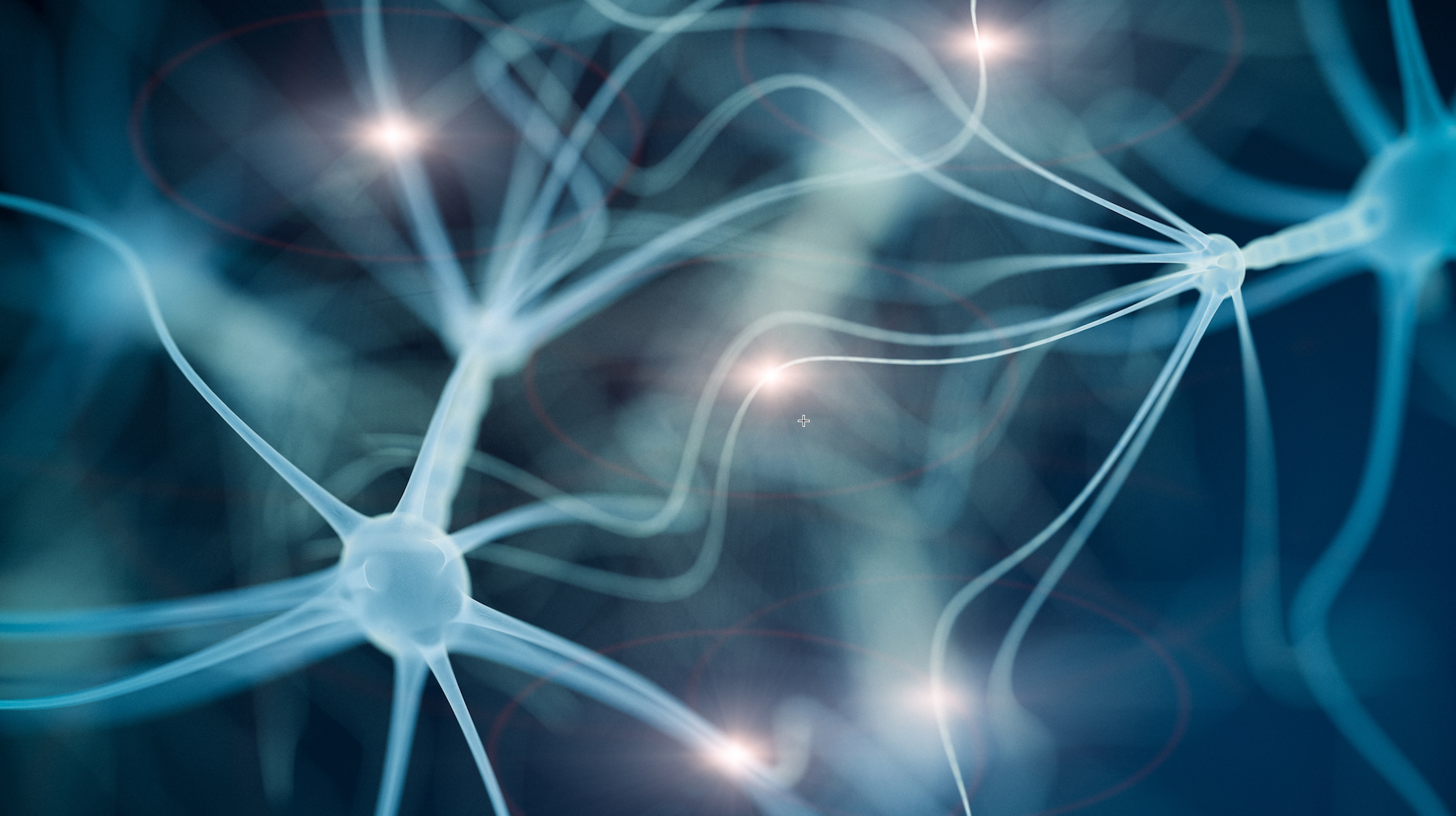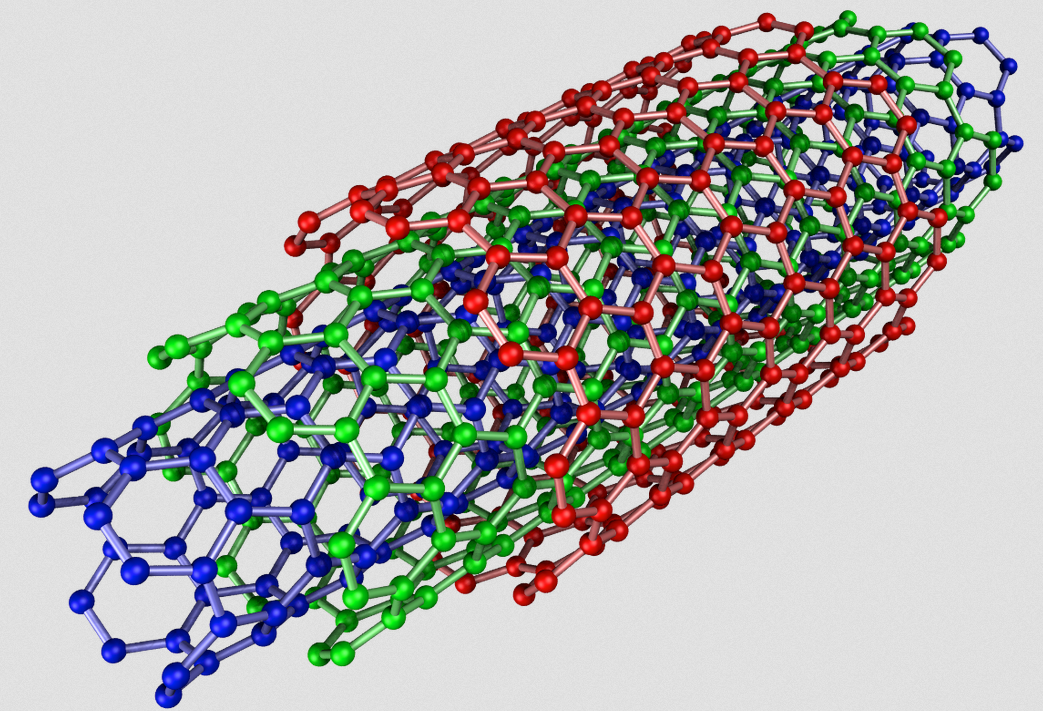Carbon nanotubes found safe for reconnecting damaged neurons
July 5, 2017

(credit: Polina Shuvaeva/iStock)
Multiwall carbon nanotubes (MWCNTs) could safely help repair damaged connections between neurons by serving as supporting scaffolds for growth or as connections between neurons.
That’s the conclusion of an in-vitro (lab) open-access study with cultured neurons (taken from the hippcampus of neonatal rats) by a multi-disciplinary team of scientists in Italy and Spain, published in the journal Nanomedicine: Nanotechnology, Biology, and Medicine.

A multi-walled carbon nanotube (credit: Eric Wieser/CC)
The study addressed whether MWCNTs that are interfaced to neurons affect synaptic transmission by modifying the lipid (fatty) cholesterol structure in artificial neural membranes.
Significantly, they found that MWCNTs:
- Facilitate the full growth of neurons and the formation of new synapses. “This growth, however, is not indiscriminate and unlimited since, as we proved, after a few weeks, a physiological balance is attained.”
- Do not interfere with the composition of lipids (cholesterol in particular), which make up the cellular membrane in neurons.
- Do not interfere in the transmission of signals through synapses.
The researchers also noted that they recently reported (in an open access paper) low tissue reaction when multiwall carbon nanotubes were implanted in vivo (in live animals) to reconnect damaged spinal neurons.
The researchers say they proved that carbon nanotubes “perform excellently in terms of duration, adaptability and mechanical compatibility with tissue” and that “now we know that their interaction with biological material, too, is efficient. Based on this evidence, we are already studying an in vivo application, and preliminary results appear to be quite promising in terms of recovery of lost neurological functions.”
The research team comprised scientists from SISSA (International School for Advanced Studies), the University of Trieste, ELETTRA Sincrotrone, and two Spanish institutions, Basque Foundation for Science and CIC BiomaGUNE.
Abstract of Sculpting neurotransmission during synaptic development by 2D nanostructured interfaces
Carbon nanotube-based biomaterials critically contribute to the design of many prosthetic devices, with a particular impact in the development of bioelectronics components for novel neural interfaces. These nanomaterials combine excellent physical and chemical properties with peculiar nanostructured topography, thought to be crucial to their integration with neural tissue as long-term implants. The junction between carbon nanotubes and neural tissue can be particularly worthy of scientific attention and has been reported to significantly impact synapse construction in cultured neuronal networks. In this framework, the interaction of 2D carbon nanotube platforms with biological membranes is of paramount importance. Here we study carbon nanotube ability to interfere with lipid membrane structure and dynamics in cultured hippocampal neurons. While excluding that carbon nanotubes alter the homeostasis of neuronal membrane lipids, in particular cholesterol, we document in aged cultures an unprecedented functional integration between carbon nanotubes and the physiological maturation of the synaptic circuits.
